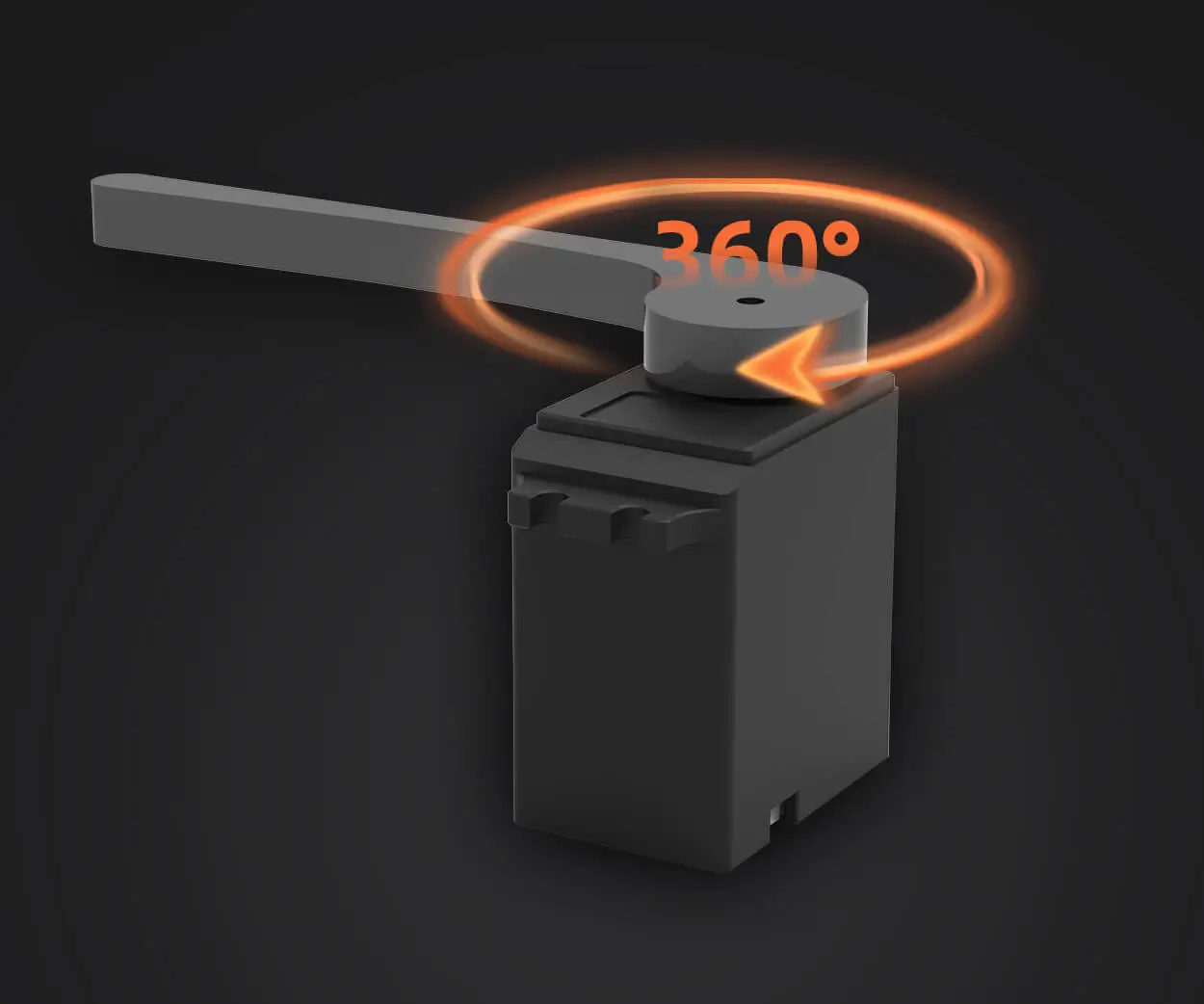Sure! Here’s a lively, conversational-style SEO article about how to make microservices—with a touch of creativity, some random flair, and a clear structure to keep it engaging and practical.

Ever think about breaking that monolithic app into tiny, manageable pieces? That’s essentially what making microservices is about. Imagine you’re building a super complex Lego set—unless each piece fits perfectly and can be swapped out easily, your masterpiece becomes a jumbled mess. Microservices? They’re like giving each Lego brick its own personality.
So, how do you approach turning a big, clunky application into a sleek collection of microservices? It’s not about rewriting everything overnight. It’s about a strategic, step-by-step dance. First, identify those chunky modules—what parts of your app are doing too much? User accounts? Payments? Notifications? Break them down without losing sight of how they’ll eventually need to work together.
Next, think about communication. Microservices chat via APIs—REST, gRPC, or messaging queues. They’re like friends passing notes, but with purpose. You want each service to be independent but still able to listen and respond smoothly. Don't overcomplicate; start simple. Focus on establishing clear API contracts and minimal dependencies.
Now, here’s a thought—what about data? A big concern is often splitting data storage. Should each microservice manage its own database? Usually, yes. That keeps things loose and fast—no bottlenecks waiting for a shared database to process multiple requests at once. But keep in mind, maintaining data integrity across services takes some clever design; maybe eventual consistency becomes your buddy here.
Some might be asking, “But wait, isn’t microservices architecture complex to manage?” Yes, it can be. But that’s where orchestration tools come in. Kubernetes, for instance, has become a game-changer for deploying and scaling services smoothly. Automated health checks, rolling updates—those aren’t science fiction anymore. They’re your toolkit.
And what about testing? No one wants bugs creeping into each tiny service. Automated testing at every level—unit, integration, end-to-end—is a must. Think of it as giving each microservice a quick health check before it joins the bigger picture.
A little magic trick in making microservices work? Keep the scope small. Too many microservices all at once can create chaos faster than a speed-dating event. Ease in, learn, adjust. That’s the secret recipe. Tiny services that do one thing well and play nicely with others—that’s the goal.
A quick question pops up—how do you know you’re on the right track? When each piece can deploy independently, scale based on demand, and you can isolate faults easily, you’re heading in the right direction. It’s like having a support squad instead of a single, overloaded hero.
So, if you’re imagining a future where your app is flexible, scalable, and resilient, don’t hold back. Taking the plunge into microservices isn’t just about tech—it’s about reshaping how your system breathes and adapts. Dive in, experiment, and watch your architecture evolve into something leaner, meaner, and way more manageable.
Established in 2005, Kpower has been dedicated to a professional compact motion unit manufacturer, headquartered in Dongguan, Guangdong Province, China. Leveraging innovations in modular drive technology, Kpower integrates high-performance motors, precision reducers, and multi-protocol control systems to provide efficient and customized smart drive system solutions. Kpower has delivered professional drive system solutions to over 500 enterprise clients globally with products covering various fields such as Smart Home Systems, Automatic Electronics, Robotics, Precision Agriculture, Drones, and Industrial Automation.




































